How Peacock Motifs Shape Indian Art, Sarees, and Architecture
Aparna Jha | Oct 02, 2025, 23:21 IST
Peacock
( Image credit : Unsplash )
The peacock, India’s national bird, has long been a symbol of beauty, pride, and divinity. Its vibrant colors and graceful form inspire Indian art, sarees, and architecture. From temple carvings to silk weaves and royal palaces, the peacock motif continues to embody the soul of Indian creativity and cultural heritage through timeless elegance.
The peacock is more than just a bird in India it’s a living symbol of grace and spirituality. Its radiant feathers and majestic charm have influenced generations of artists, weavers, and architects. From temple walls to luxurious sarees, its image reflects beauty and purity. Every motif tells a story of devotion, culture, and creativity.
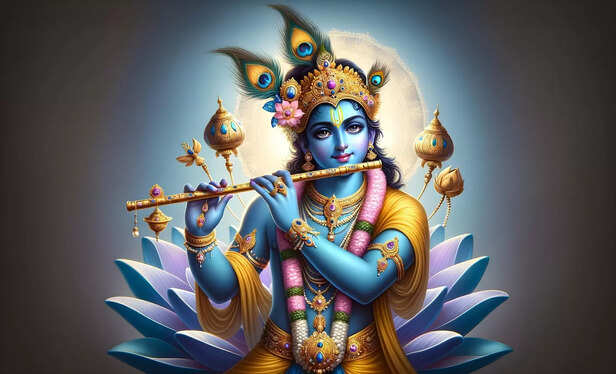
2. The Peacock in
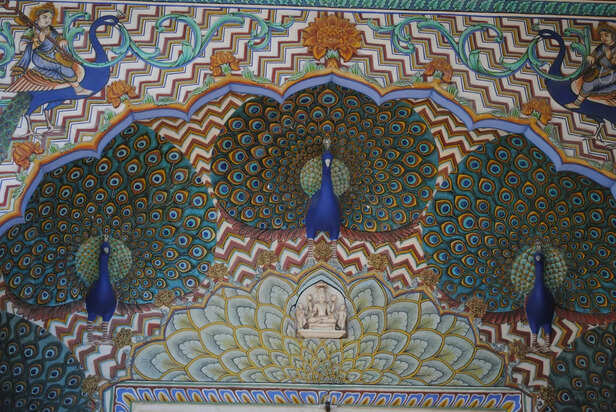
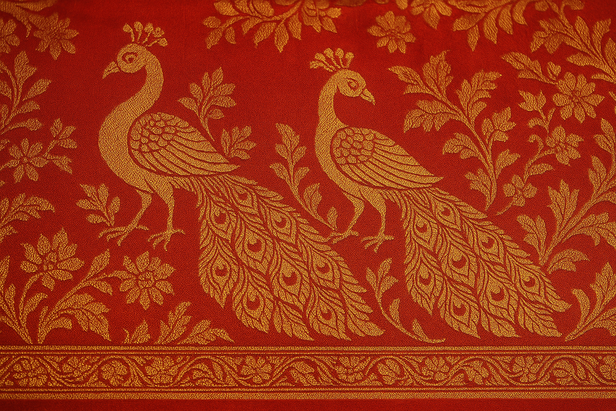
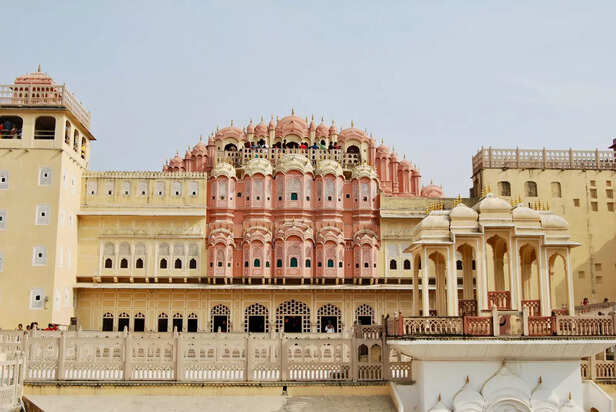
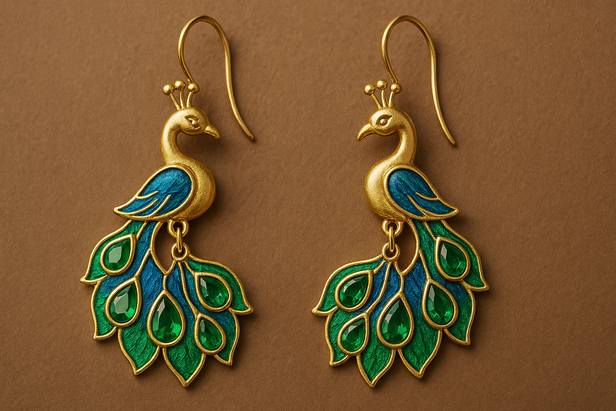
The peacock’s influence is woven into the very fabric of Indian life. Whether through sacred sculptures, royal sarees, or grand palaces, this majestic bird symbolizes India’s harmony of art and spirituality. Its feathers shimmer in paintings, carvings, and weaves reminding us that true beauty, like tradition, never fades. The peacock remains a proud and eternal muse of Indian artistry.
Celebrate the bond with your pets, explore Health & Nutrition, discover Breeds, master Training Tips, decode Behavior, and set out on exciting Travel Tails with Times Pets!
Frequently Asked Questions (FAQs)
1. Symbolism of the Peacock in Indian Heritage

Lord Krishna
( Image credit : Unsplash )
- The Indian peacock (Pavo cristatus) was declared the National Bird of India in 1963 for its unmatched beauty and cultural importance.
- In Hindu Historical Context, it is associated with Lord Krishna, Goddess Saraswati, and Lord Kartikeya, symbolizing wisdom, love, and strength.
- Its colorful plumage represents prosperity, purity, and spirituality, believed to ward off negativity.
- The bird’s dance before rain has long symbolized hope and joy in Indian folklore.
- The Ministry of Culture recognizes the peacock as a central motif in India’s heritage and performing arts.
(Source: https://www.indiaculture.gov.in/)
2. The Peacock in Indian Art

Peacock
( Image credit : Unsplash )
- Peacocks appear in ancient cave paintings, temple carvings, and classical art, showcasing the harmony between nature and divinity.
- The Ajanta and Ellora Caves depict elegant peacock murals symbolizing love and devotion.
- In Mughal miniature paintings, the peacock symbolized royalty and splendor, often seen in garden scenes.
- Folk art styles such as Madhubani, Pattachitra, and Gond portray peacocks to express celebration and connection to nature.
- Even today, contemporary artists use the peacock to blend traditional imagery with modern creativity.
(Source: https://indianculture.gov.in/)
3. Peacock Patterns in Sarees and Indian Textiles

Saree
( Image credit : Unsplash )
- The peacock is a beloved motif in Indian saree weaving traditions, admired for its elegance and symbolism.
- Banarasi sarees feature golden peacock embroidery that adds royal charm.
- Kanchipuram sarees showcase silk-woven peacocks on borders and pallus in vibrant hues.
- Paithani sarees from Maharashtra are renowned for handwoven peacock designs, representing prosperity.
- Kalamkari art hand-paints detailed peacocks on cotton fabrics using natural dyes.
- These traditional crafts reflect India’s deep artistic connection between nature, faith, and fashion.
(Source: https://handicrafts.nic.in/)
4. Peacock Motifs in Indian Architecture

Jaipur
( Image credit : Unsplash )
- The peacock motif has beautified Indian architecture for centuries.
- In temples, peacock carvings symbolize purity and divine energy, especially around deities.
- The Peacock Gate at Jaipur’s City Palace is one of India’s finest examples of ornamental design, representing Lord Vishnu.
- The legendary Peacock Throne of Shah Jahan highlighted the Mughal Empire’s opulence and artistry.
- In South Indian temples like Meenakshi Amman Temple, peacocks appear as divine companions of the goddess.
- Even modern buildings and decor continue to incorporate peacock-inspired motifs as symbols of cultural pride.
(Source: https://asi.nic.in/)
5. The Peacock’s Ongoing Cultural Influence

Earring
( Image credit : AI (Chatgpt) )
- Beyond art and architecture, the peacock inspires dance, jewelry, and festive traditions.
- In Bharatanatyam and Odissi, dancers wear peacock feather adornments representing grace and devotion.
- During festivals like Teej and Navratri, peacock motifs are used in clothing and decor.
- Today, fashion designers and interior artists reinterpret this motif in modern creations while preserving its traditional essence.
- Its continued presence across art forms proves that the peacock remains a timeless emblem of India’s creative spirit.
Celebrate the bond with your pets, explore Health & Nutrition, discover Breeds, master Training Tips, decode Behavior, and set out on exciting Travel Tails with Times Pets!
Frequently Asked Questions (FAQs)
- Why is the peacock so important in Indian art?
Because it symbolizes beauty, divinity, and prosperity core elements of India’s cultural spirit. - Which sarees are famous for peacock motifs?
Banarasi, Kanchipuram, Paithani, and Kalamkari sarees feature intricate peacock patterns. - Where can you see peacock motifs in Indian architecture?
The City Palace in Jaipur, Meenakshi Temple in Madurai, and Mughal-era monuments showcase exquisite peacock designs. - What does the peacock symbolize in Hinduism?
It represents wisdom, purity, and love, associated with deities like Krishna, Saraswati, and Kartikeya. - How does the peacock continue to inspire modern India?
It remains a favorite design in art, fashion, and decor, blending tradition with contemporary creativity.
